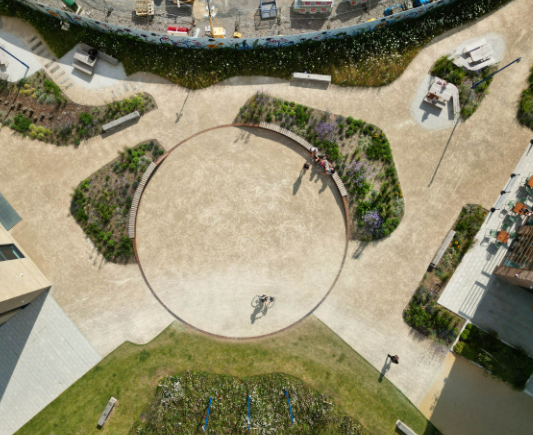Exploring the World of Landscape Architecture
Landscape architecture is an essential field that blends art, design, and environmental science to create outdoor spaces that are both beautiful and functional. As urban areas continue to expand and the importance of green space becomes increasingly recognized, understanding landscape architecture is more crucial than ever. This blog post explores its significance, principles, and the innovative practices shaping our environments.
The Importance of Landscape Architecture
Landscape architecture plays a vital role in enhancing the quality of life within communities. Well-designed landscapes can improve mental health, promote social interaction, and encourage active lifestyles. They also contribute to environmental sustainability by managing stormwater, improving air quality, and providing habitats for wildlife. As cities become more densely populated, the demand for thoughtfully designed public spaces grows, making landscape architecture more relevant than ever.
Key Principles of Landscape Design
Effective landscape architecture is based on several core principles that guide the design process. One critical principle is the concept of harmony, which ensures that the designed elements work well together and with their surroundings. This includes selecting appropriate plant species that fit the local climate and using materials that resonate with the natural environment. Additionally, balance is essential; landscape architects strive to create spaces that evenly distribute visual weight through the layout and design elements. By adhering to these principles, landscape architects can create spaces that are not only aesthetically pleasing but also functional and sustainable.
Innovative Practices in Landscape Architecture
In recent years, landscape architects have embraced new technologies and practices that enhance their designs. The use of computer-aided design (CAD) and geographic information systems (GIS) has revolutionized the planning process, allowing for more precise mapping and visualization of projects. Moreover, sustainable practices like biophilic design focus on integrating nature into urban environments, fostering a connection between people and the natural world. Innovative concepts, such as green roofs and urban farms, are becoming increasingly common as cities seek to mitigate climate change effects and enhance biodiversity.
Conclusion
Landscape architecture is a dynamic and impactful field that shapes how we interact with the outdoors. By understanding its principles and emerging practices, we can appreciate the significance of well-designed green spaces in our communities. Whether you’re a homeowner looking to improve your yard or a city planner focused on sustainable urban development, there’s always something new to learn in this fascinating field. Explore landscape architecture further and consider how these beautiful and functional designs can enrich your environment.

